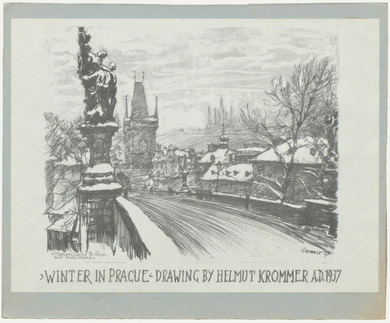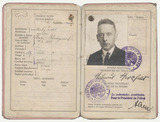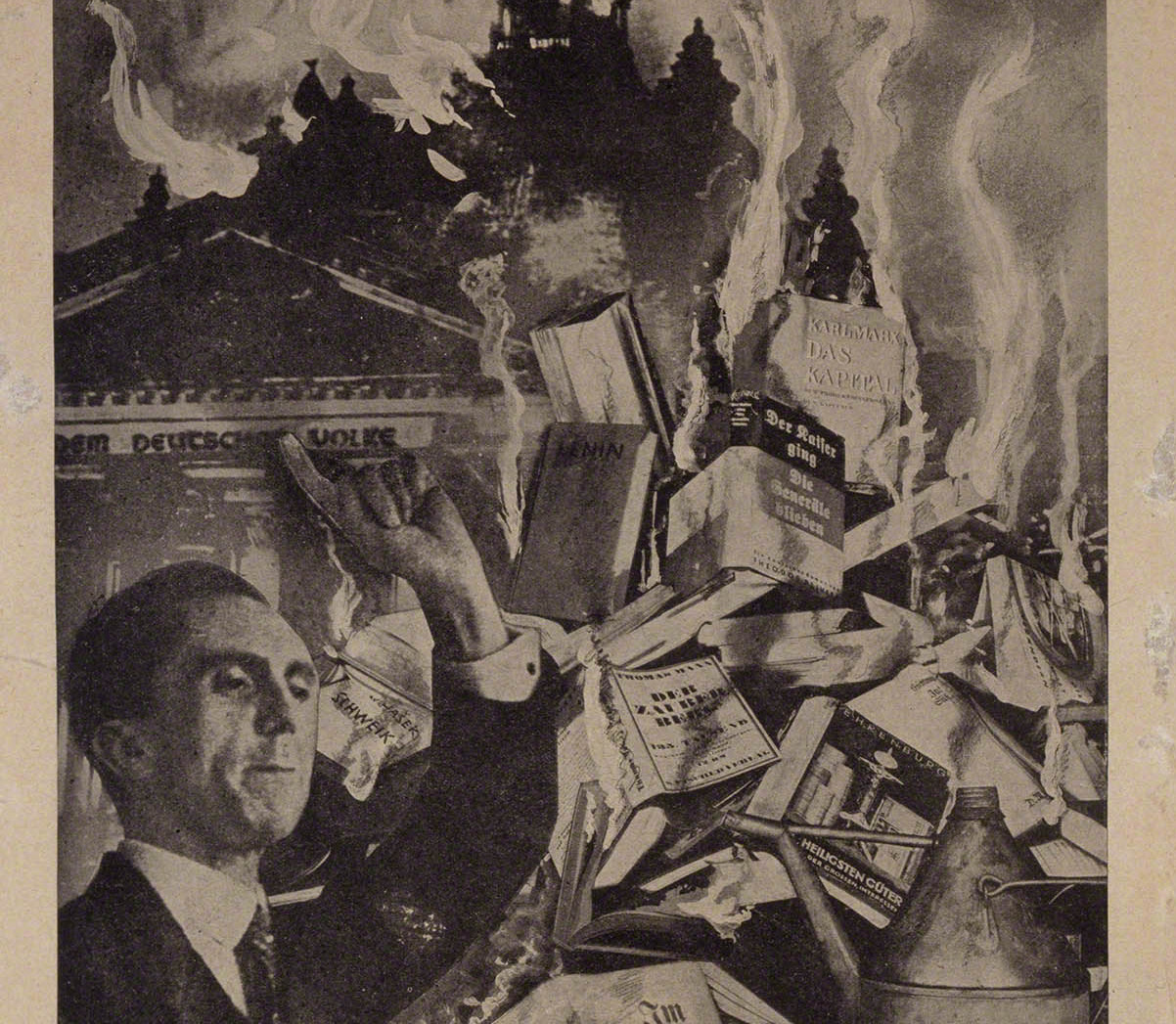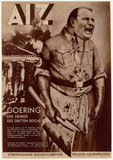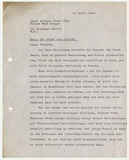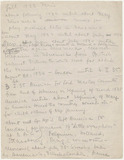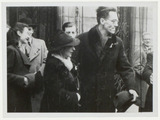Prague
Ich war gerne in Prag. Wie schon einmal nach den dreißigjährigen verheerenden Religionskriegen war Prag abermals ein kosmopolitisches Zentrum geworden, in dem sich zum letztenmal Europa traf.
I liked being in Prague. As was the case after the devastating thirty-year religious war, Prague once again became a cosmopolitan centre where [the whole of] Europe last congregated.
Oskar Kokoschka speaking in his autobiography Mein Leben about his period of exile in Prague from 1934 to 1938
Between 1933 and 1939 the Czech capital attracted a multitude of alienated artists who were forced to leave Germany. Those émigrés discovered in Prague a “solid literary-artistic basis” (Heumos, Czechoslovakia, 1998), a city formed by centuries of coexistence of Czech, Jewish and German cultures. The city’s appeal for German-speaking artist immigrants lay in the pre-existence of a German-speaking milieu and the fact that artists were not affected by a Czech ban on foreign workers.
Thanks to liberal legislation, it was possible to express criticism of Nazi Germany through Prague-based newspapers and publishers run by exiles. John Heartfield’s photo collages for the newspaper Arbeiter Illustrierte Zeitung served to illustrate the great freedom of expression that existed, as did the publishing activities of his brother Wieland Herzfelde for the Malik Verlag publishing house. The actress Hedda Zinner ran an anti-fascist cabaret. Among the visual artists who emigrated to the city were the likes of Theo Balden and Oskar Kokoschka. The latter produced a number of paintings of the city.
The efforts of the Prague émigré community to propagate a new Germany, involving liberated artistic creativity free from restrictions and censorship, also drew exiles based in other countries to the Czech capital, among them Lion Feuchtwanger, Johannes R. Becher and Erwin Piscator. Organisations such as the Bertolt Brecht Club, the Oskar Kokoschka Association and the Thomas Mann Society represented an effort to foster solidarity, self-assurance and a political stance opposed to Hitler’s subjugation of artists.
The comparatively comfortable living conditions in Prague should not detract, however, from the immense trauma the émigrés experienced through the loss of their homeland and the daily fear they held about their present and future existence. In addition, the liberal stance of the Prague government was not immune to controversy and was the subject of heated domestic-political disputes.
Citizenship through naturalization, as afforded to Heinrich and Thomas Mann, was very much an exceptional occurrence. Prague ultimately served many in the émigré community as a stop-over on the way to exile in a distant country. Hans Sahl, Stefan Heym and Ricarda and Heinz Schwerin exemplified this dynamic.
With the signing of the Munich Agreement of September 1938, the Nazis furthered their advance on Prague. Helmut Krommer was one of those who fled the city in fear of their lives after the illegal invasion of German troops in March 1939 as Prague could no longer afford protection from Nazi persecution.

